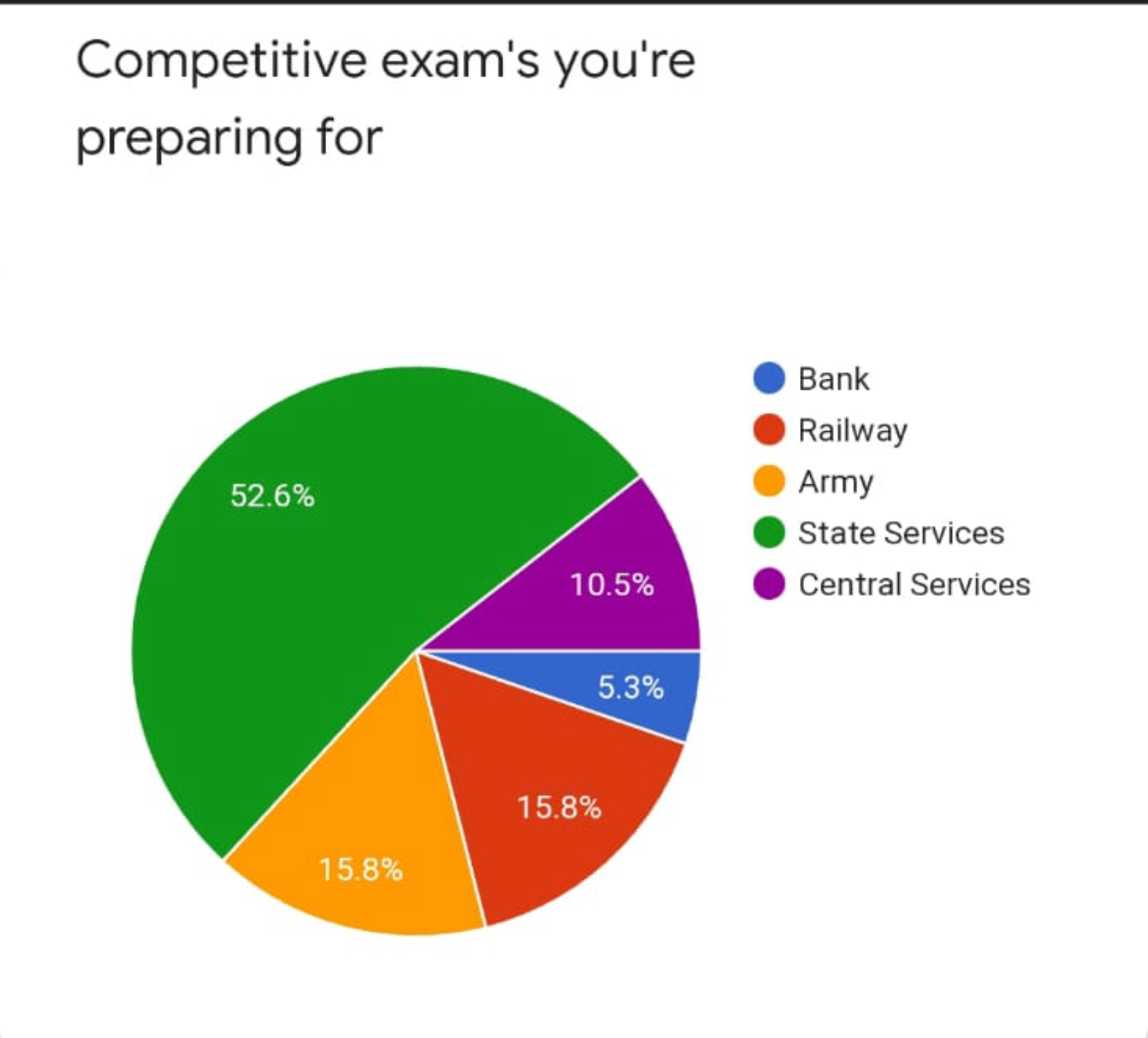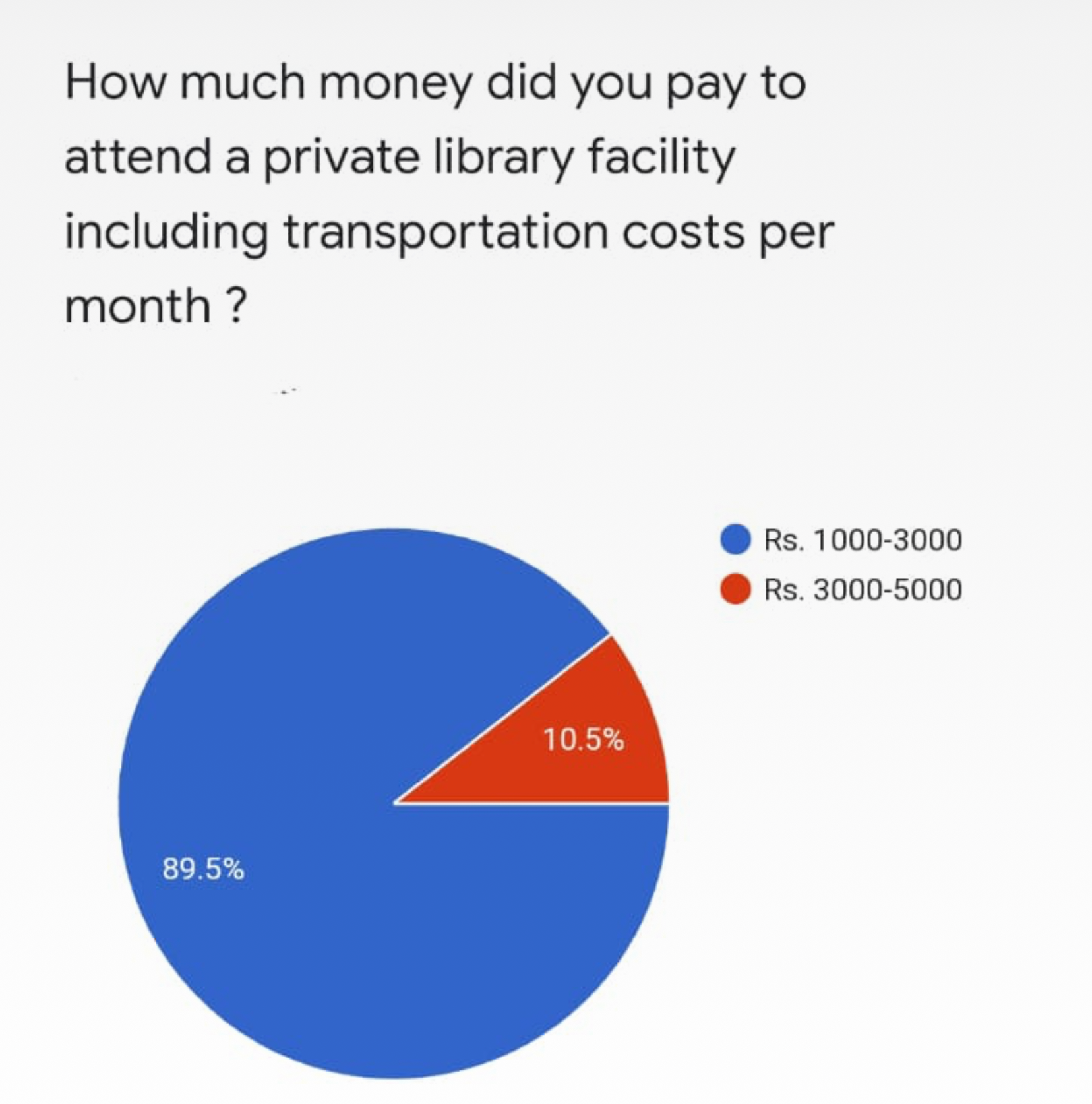Project Synopsis:Building Digital Learning Centres for rural youth

Report by: Shikha Thakur
Mentor: Jaswanth Dadi, Education Department, Barefoot College (SWRC), Tilonia, Ajmer Rajasthan India.
Introduction
Barefoot College has been a leading changemaker in the field of education with the inception of various programs like Night Schools, Baal Badi Kendras, and schools like Shikha Niketan and Vidya Niketan. But post-covid the scenario of education outreach changed completely, from everything being available online to students. While it is true, that not everyone can afford online education, people still become aware of technology from the closest quarters of usage.The question now was, if people could afford quiet space to study or not. What lacked was only technology, or were our villages across the country looking for both an ideal space for studying as well as technological outreach to advance their careers? It is true that the Government of India, has brought in so many initiatives from NDL to the Swayam platform, but still, the gap of being able to connect to these platforms hinders us. Therefore, I wanted to address this space gap by constructing an ideal space that makes technology outreach easier for the youth of the village,
Location:
The project was based in Barefoot’s sub-center at Nalu village. It is located in the sub-tehsil of Kishangarh, Ajmer District Rajasthan. It is approximately ten kilometers away from the main campus of Barefoot College.
The village has a population of around 3000 people. The main source of livelihood is agriculture and cattle rearing, daily wage work.
Background:
The post-Covid scenario has completely transformed how education has been delivered and received. The condition of education was no different in village Nalu as it was in all the other villages across the country. Pandemic created another digital divide between the haves and have-nots. For those who could not afford sustenance means during the lockdown, the question of affording digital education, by accessing a ‘smartphone’ and a ‘data pack’ was a luxury. In the villages, it isn’t just about digital connection, even a space where one could sit and access digital education becomes a must.There is a government high school in the village. For higher education after school, students rarely go to nearby Government colleges, due to a lack of transportation on daily basis, as well as due to financial constraints.
They pursue their higher education through correspondence courses only. These students prefer preparing for government exams, during the time they pursue their degrees. Now, the trend of private libraries in the cities has emerged for which students struggle to reach out to cities, to have a sitting space for studying, which costs them around 5k-6k per month. Some even prefer to stay back in rented rooms to attend to a reading room space. The gap, that Jagriti Kendra, or village learning center has aimed to fill is to provide an accessible and safe learning space with complete facilities in the village itself. Adding a digital dimension to it has been a major part since the beginning because the school curriculum still doesn’t provide computer education to the children. They have to struggle through private computer courses in the city to learn the basics of computers. Therefore, connecting the learning center to a space that can deliver digital education in the village itself makes it much more accessible to the financially weaker sections of the community as well as specifically women as they are not allowed to move out of the village freely. Thus, the entire idea behind the project has been to provide digitally equipt learning spaces for rural youth to access digital education as well as a reading room space they could use for the preparation for various exams as well as for preparing for board exams.
The center has become a learning hub for youth. They find it a meaningful space where they spend some valuable hours out of their daily chores, thus giving them an academic space that they miss through their private education of correspondence courses
Objectives:
- To facilitate reading room facilities for the rural youth preparing for various competitive examinations
- Proving daily newspapers and books for preparation of examinations
- To help the economically weaker section of society by cutting down transportation costs to study in the nearby city
- Creating a self-run center through community contribution, thus making it self-sustainable
- Providing digital learning facilities like WIFI and IT Lab for women
- Providing RSCIT course facilities to women at the Digital Learning Centre
Methodology:
Baseline Survey:
- A baseline survey was done amongst rural youth to understand their needs, problems, and prospects of making these centers


- To provide a self-run sustainable model which can be run by community contribution itself, thus cutting down on the economical aspect of studying away from the village i.e transportation cost of reading room fee.


- Monthly meetings in the first week of each month are mandatory to discuss various issues.
- Creation of online registration forms and payment method registration as well bank details were provided to initiate digital transactions.
- The community was taught to fill in google forms for accessing registration links.
- Creation of a committee of 16 members(of different castes as well as socio-economic backgrounds and gender) was formed for the learning center to formulate the rules.
Outcomes
- The project has been implemented at two places one at Nalu Village (Centre name - Jagriti Kendra) and the other at Tilonia (Centre name- Samvidhan Kendra)
- The former being only a reading room and the latter being a complete digital learning center for women consisting of a library, digital learning center, and an EMitra Kendra.
- The entire project from its inception was modeled completely on community needs and the desired goals were delivered
- Jagriti Kendra at Nalu Village had been running for the last eight months successfully.
- The Samvidhan Kendra ( Digital Learning Centre for women) has been handed over to the NGO to appoint an employee to run the entire center.
- Through my fellowship project I have been successful in creating two of these centers which are further being replicated into five more field centers of Barefoot College under the name of VLC (Village Learning Centre) thus making the project a replicable and sustainable model
